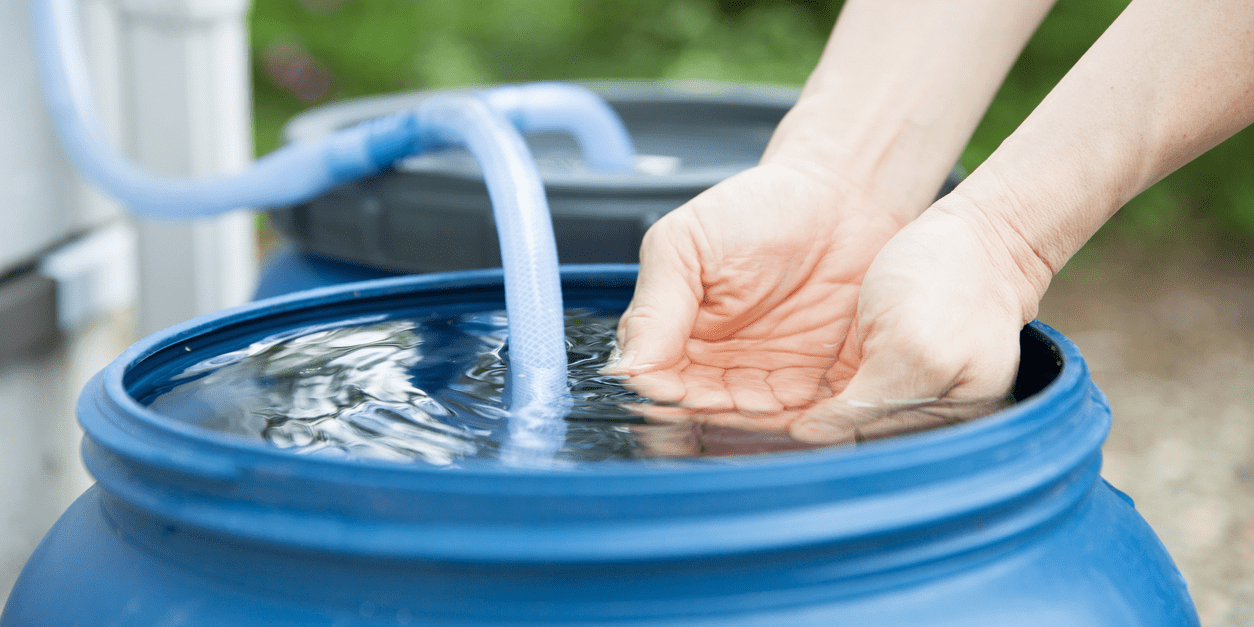
A water management plan assists in identifying hazardous conditions and recommends steps that can reduce the growth of Legionella. The program enables facility managers, homeowners, and building managers to limit the spread of waterborne pathogens in their water systems.
There are several reasons to implement a water management program, such as:
- To ensure the building complies with TJC, CDC, CMS, and ASHRAE Standard 188
- To reduce the risk of disease for the residents, patients, and facility employees
- To protect your building's brand, revenue, and image
- To reduce your overall legal risk
Smart City Water Management
Have you ever stopped to consider the amount of water you use on any given day? While at it, do you know how this water gets to travel to your tap from the source? It requires a lot of energy to achieve this fete, something many people seem to overlook.
As cities strive to become more sustainable and smarter, reducing the amount of energy used up by the water systems will become critical. According to WHO, it's estimated that 50% of the global population will live in a water-stressed city by 2025.
It's a scenario that raises the question, "how does society use the technology presented by IOT water management solution to make its water consumption as efficient as possible?" Enter smart water.
There's a need to begin by making water-smart before smart cities become actualized. It's a process that ought to start by updating and upgrading the aging water infrastructure, much of which has existed for hundreds of years.
But what does smart city water management deal with, and how does it work?
Smart water systems work in the same way manner as smart energy systems. They rely on IoT-enabled sensors to gather data on a real-time basis. The data leads to creating a water management plan that helps optimize water facilities by monitoring water distribution.
Optimization also occurs when the program allows for the detection of leaks that may exist in the entire network. The data allows the facility managers and the homeowners to make more informed decisions related to water consumption.
For example, smart sensors can detect the presence of leaks and send out an immediate alert to the water engineer. The engineer gets to work on the issue, thereby mitigating any consequences that may arise from uncontrolled water loss.
Technology for Integrated Water Management
According to the United Nations Department of Economic and Social Affairs, water is a crucial economic and social development driver. It serves an important role in sustaining the integrity of the natural environment.
But as things stand, it's only one of several vital resources, making it necessary to ensure that society doesn't consider water-related issues on its own. The technology for integrated water management helps in sustainably producing triple bottom benefits.
These are:
- Environmental
- Economic
- Social
The three benefits mentioned above lead to the creation of a flexible and robust water system capable of responding to various scenarios. A great water management plan views the water cycle in an urban center as a singular integrated system.
All the existing water flows are documented as likely resources in this system. Integrated water management gets implemented through jointly coordinated management of existing water systems – here; all water resources are deemed valuable and put to good use.
So, how does the technology for integrated water management do?
- It facilitates the recycling of wastewater to make it fit for human consumption
- The technology optimizes drinking water supplies through efficiency and conservation
- It allows stormwater to soak back into the ground, helping support healthy river flows, which in turn assists in assimilating waste and providing drinking water.
Water Management Solutions
Over the last several years, the EPA has reduced water intensity using a blend of conservation efforts, project execution, and strategic planning. The water management plan assists individual buildings in setting up short-and long-term water conservation goals.
Before looking at the recommended water management solutions, you should learn some basic statistics on the water around the world:
- Water covers around 70% of the earth's surface, with freshwater accounting for 3%
- Globally, 70% of water goes to agriculture, 25% to industries, and 6% to domestic use
The following is a look at the leading water treatment methods:
- Coagulation involves adding polymer to untreated or raw water, causing the dirt particles in the water to stick together. Building managers can remove the large particles using settling or filtration.
- Disinfection occurs before the water goes into the distribution system, allowing a homeowner to get rid of viruses, parasites, and disease-causing bacteria. Chlorine is the most commonly used disinfectant.
- pH Correction: Facility managers have to use lime with filtered water, a blend that assists in stabilizing soft water, helping to reduce corrosion in residents' plumbing systems.
- Filtration: Water gets to pass through a filter that removes any particles present in the water. The filters are made using crushed anthracite and gravel.
Shayp helps companies (public and private) improve water efficiency by first controlling water loss in buildings, leading to a 22% reduction on average. If you would like to evaluate the impact of your real estate properties, reduce water usage, and enhance the environmental impact of your organizations, contact the experts at Shayp today.


